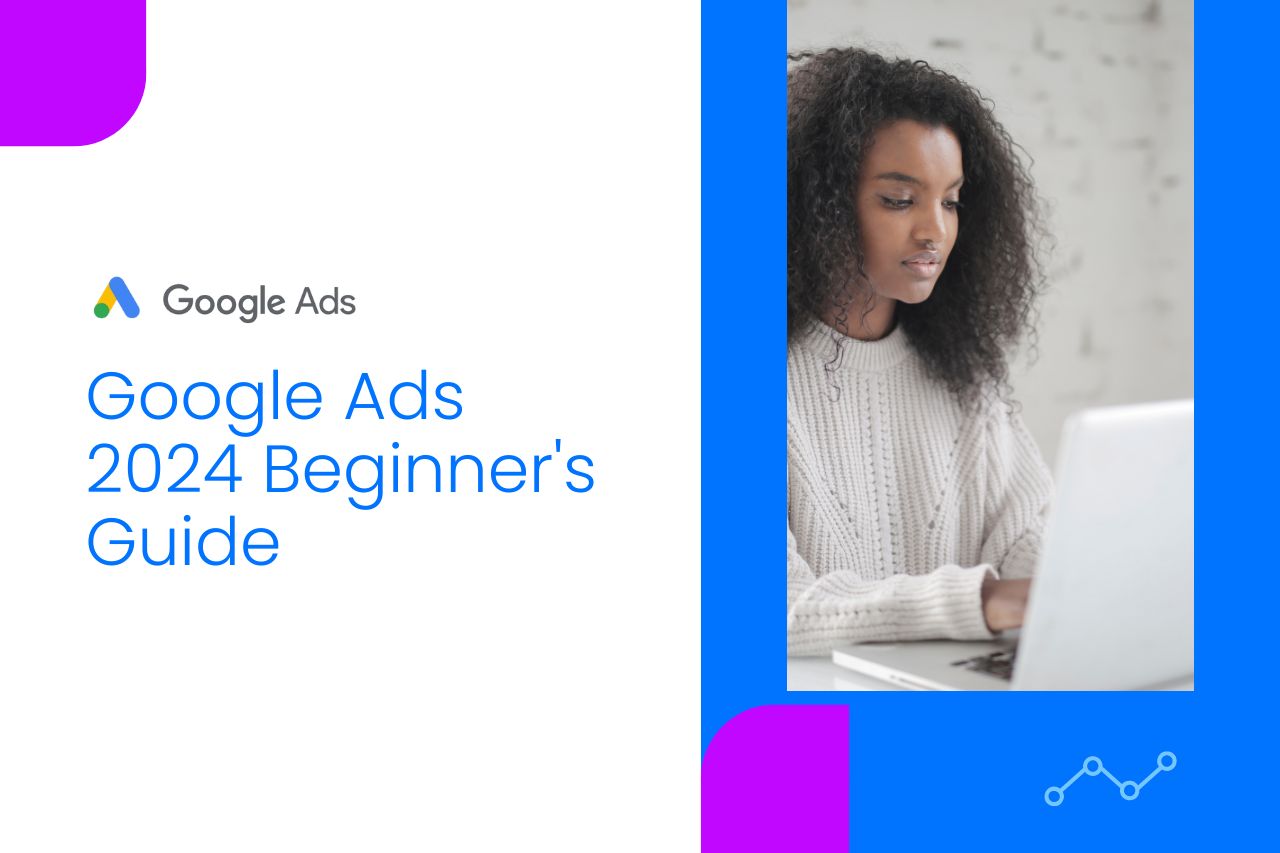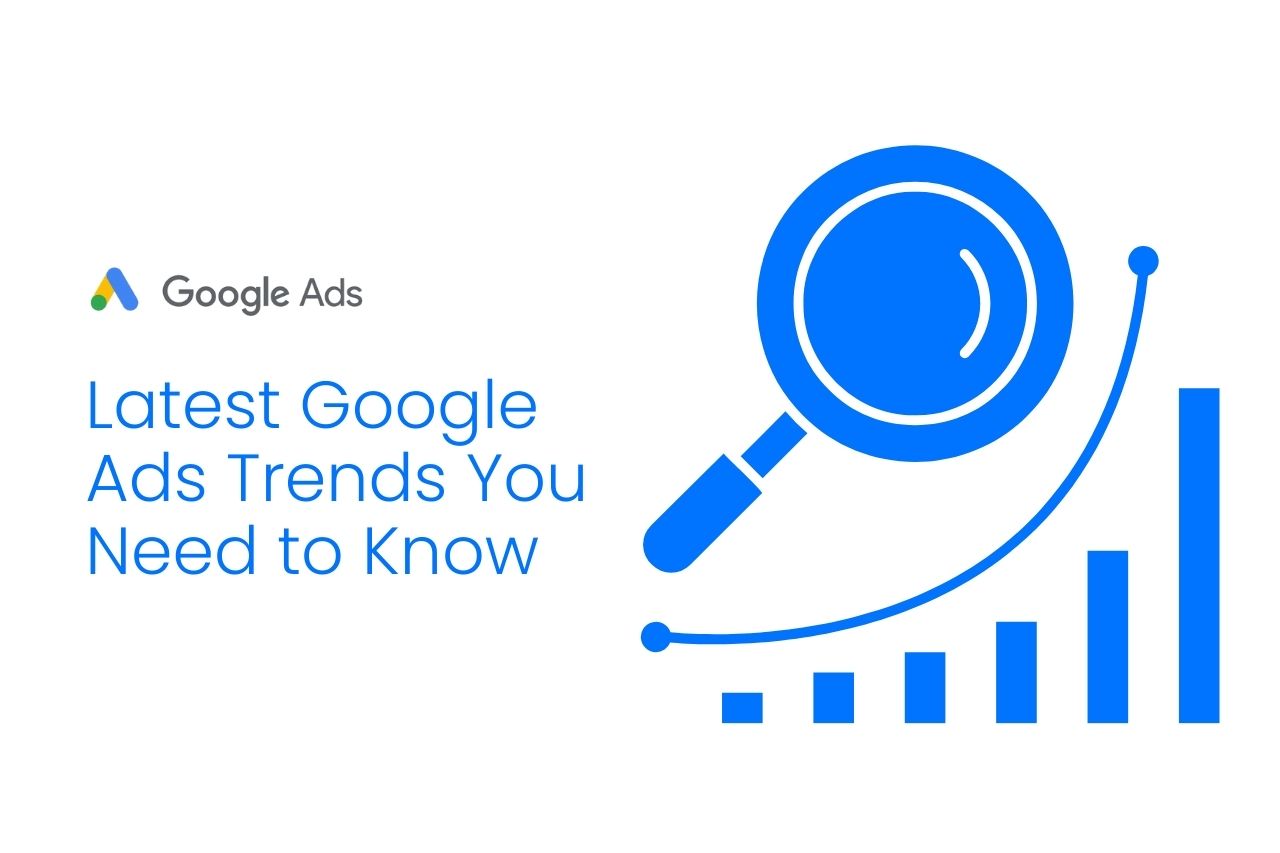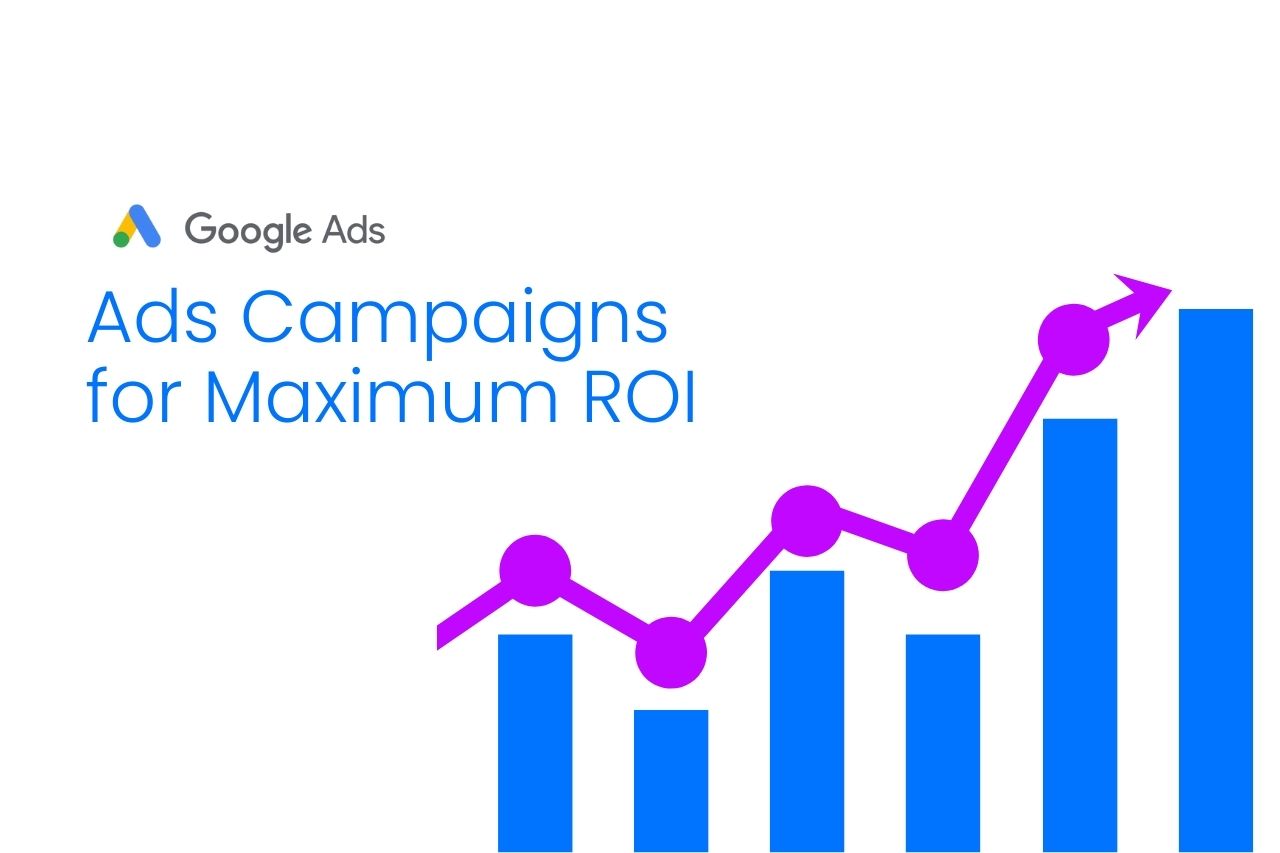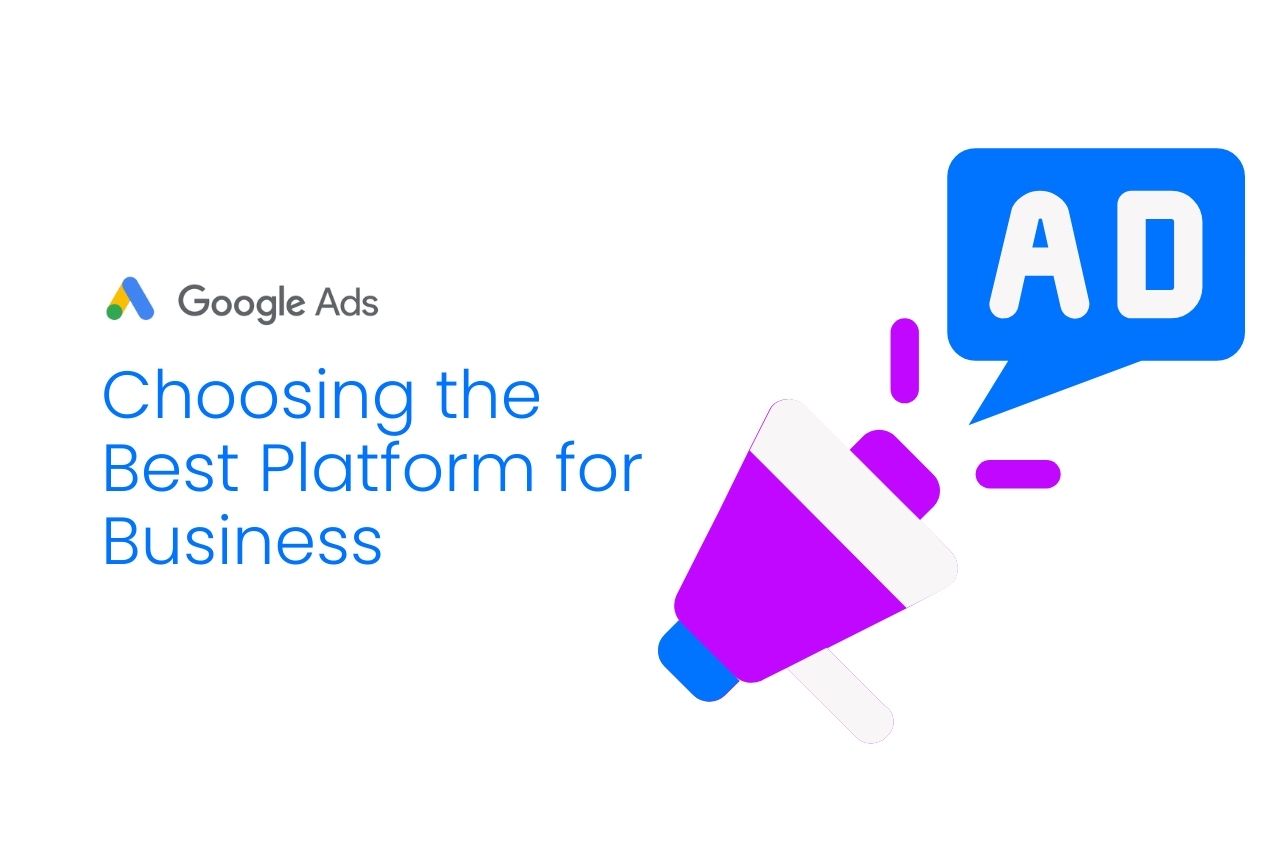Online advertising is an indispensable tool for businesses of all sizes in the modern digital landscape. The platforms to choose from are vast, but very few compares with the power and effectiveness of Google ads. In such case you are the newcomer in digital marketing, this broad guide will make help to know all about Google Ads 2024.
Google advertisement
Google AdWords is an online advertising platform designed and engineered by Google just introduced as GOOgle Ads after the name has changed. The format enables businesses to create brief advertisements, service offerings, product listings and video content within the Google ad network to web users. With Google Ads, ads can appear in search engine results and on non-search websites—including mobile devices, apps, as well as videos.
Why Use Google Ads?
- Reach: Google processes over 8.5 billion searches per day, giving you access to an enormous audience.
- Targeting: You can target users based on keywords, location, demographics, and more.
- Budget Control: You set your own budget and only pay when someone clicks on your ad (Pay-Per-Click model).
- Measurable Results: Google provides detailed performance metrics to help you track your ROI.
- Flexibility: You can start, stop, or adjust your campaigns at any time.
Getting Started with Google Ads
Step 1: Set Up Your Google Ads Account
- Go to ads.google.com and click on “Start Now.”
- Sign in with your Google account or create a new one.
- Follow the prompts to set up your account, including billing information.
Step 2: Understand the Google Ads Structure
Google Ads is organized into three levels:
- Account: Your top-level account tied to your email address.
- Campaigns: Where you set your budget and targeting options.
- Ad Groups: Contains your ads and related keywords.
Step 3: Choose Your Campaign Type
Google Ads offers several campaign types:
- Search: Text ads in Google search results
- Display: Visual ads on websites in the Google Display Network
- Video: Video ads on YouTube and across the web
- Shopping: Product listings in Google Shopping results
- App: Promote your mobile app across Google’s properties
For beginners, starting with a Search campaign is often the best choice.
Step 4: Set Your Budget and Bidding Strategy
Determine how much you’re willing to spend daily on your ads. Google Ads offers various bidding strategies, but for beginners, start with:
- Manual CPC (Cost-Per-Click): You set the maximum amount you’re willing to pay for each click.
- Automated Bidding: Let Google optimize your bids to get the most clicks within your budget.
Step 5: Choose Your Keywords
Keywords are the foundation of your Google Ads campaign. Use the Google Keyword Planner tool to:
- Find relevant keywords for your business
- Check search volume and competition
- Get suggested bid estimates
Remember to include a mix of:
- Broad match keywords
- Phrase match keywords
- Exact match keywords
Step 6: Create Compelling Ad Copy
Your ad should include:
- Attention-grabbing headline
- Clear description of your offering
- A strong call-to-action (CTA)
- Relevant keywords
Use ad extensions to provide additional information like phone numbers, location, or links to specific pages on your website.
Step 7: Set Up Conversion Tracking
To measure the effectiveness of your ads, set up conversion tracking. This allows you to see which ads are leading to valuable actions on your website, such as purchases or sign-ups.
- Go to “Tools & Settings” > “Measurement” > “Conversions”
- Click the “+” button to add a new conversion action
- Follow the prompts to set up tracking for your desired conversion types
Step 8: Launch and Monitor Your Campaign
Once your campaign is set up, launch it and closely monitor its performance. Key metrics to watch include:
- Click-Through Rate (CTR)
- Cost Per Click (CPC)
- Conversion Rate
- Quality Score
Step 9: Optimize and Refine
Continuous optimization is key to Google Ads success. Regularly:
- Adjust bids for keywords based on performance
- Pause underperforming keywords
- Test different ad copies
- Refine your targeting
- Analyze your search terms report to find new keyword opportunities
Advanced Google Ads Features for 2024
As you become more comfortable with Google Ads, explore these advanced features:
- Responsive Search Ads: Provide multiple headlines and descriptions, and Google will automatically test different combinations to find the best-performing ads.
- Audience Targeting: Use data from Google’s audience segments to target users based on interests, behaviors, and life events.
- Smart Bidding: Leverage machine learning to optimize your bids in real-time for each auction.
- Local Inventory Ads: For businesses with physical stores, showcase your in-store inventory to nearby shoppers.
- Performance Max Campaigns: Use Google’s AI to automatically show your ads across all of Google’s advertising channels.
Common Mistakes to Avoid
- Neglecting negative keywords
- Setting and forgetting your campaigns
- Ignoring mobile optimization
- Using too broad keywords
- Not testing different ad variations
Conclusion
Google Ads can be a powerful tool for driving targeted traffic to your website and growing your business. By following this guide and continuously learning and optimizing, you’ll be well on your way to Google Ads success in 2024. Remember, patience and persistence are key – it may take some time to find the perfect strategy for your business, but the results can be well worth the effort.






